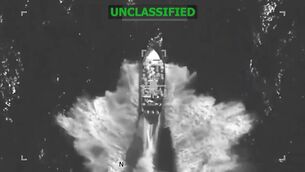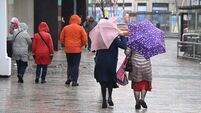Three pulled alive from Chinese quake rubble
Rescuers pulled three people alive from the rubble today, five days after an earthquake killed nearly 2,000 people in a Tibetan region of western China.
China Central Television said a four-year-old girl and an elderly woman had been trapped since Wednesday under a bed in a collapsed mud house in a village about 13 miles from the hardest-hit town of Jiegu, until rescuers dug them out this morning.














